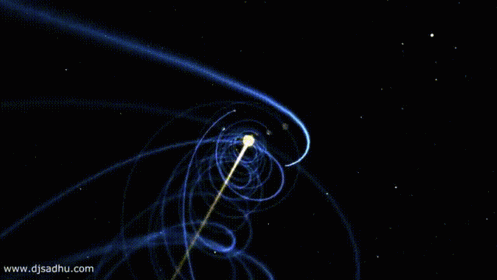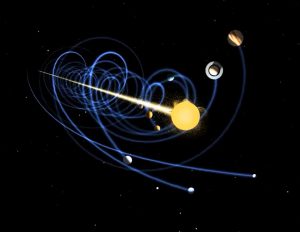Home made Solar System with plastic balls and colours
• admin@sciloo.com
Kids learn by feeling the real things or their physical model rather than virtual things like image, video, etc. Physical interactions improve their motor and sensory skills too and create the joy of learning.
Space in our life
Nearly everybody is touched by Space in today’s times and can not deny the excitement when they hear the terms space, Nasa, ISRO, etc. We dream ourselves or our kids going there as scientists or leaders. We always search for opportunity to fulfil this excitement either through the visits of science/technology center (such as Jawaharlal Nehru Planetarium, Vishveshwarya Technical Museum, HAL)
Solar System Model
We always want to have a science kit especially a solar system model all the time to teach our kids about earth, sun, and space. One such model is shown below that is very realistic compared to the models available in the market, it was made using plastic balls and water-colours by our kid. The sun was made with football to mark the size difference. All planets were painted with their distinct surface texture. This model is really useful to demonstrate the different concepts like the solar eclipse, lunar eclipse, planet rotation. See the actual model below.

Learnings
This model tells the kids about our solar system, planets, their distance from the sun, orbits, texture of their surfaces. We have eight planets in our solar system which rotates around the sun. 1st four planets Mercury, Venus, Earth and Mars are rocky planets being composed of rock and metals. Jupiter and Saturn are called Gas Giants, being composed of mainly hydrogen and helium. Two outer planets Uranus and Neptune are called Ice Giants, mainly composed of ices such as water, ammonia and methane.
Imagination Exercise
To raise your curiosity, let’s visualise the scenario that I have written down.
The Earth is constantly rotating around its axis at approx. 1700 km/h. One more interesting thing to know, it is moving in its orbit around the Sun at nearly 107000 km/h. Have you felt this motion ever? And our solar system is moving in Milky way galaxy at nearly 800000 km per hour. And I am sure on the road you feel scared when moving on a bike or in a car above 100 km/h.


Share your views in the comments – what do you think about this scenario and did you know it already. What topics you want to cover in this platform, please provide your suggestions.